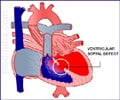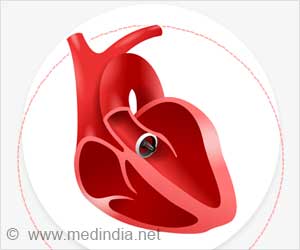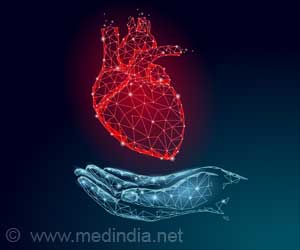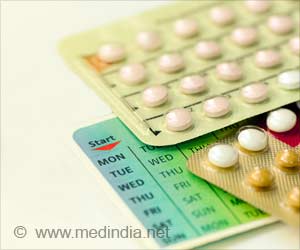Duke University bioengineers have developed a novel way of mending a broken heart - a living heart patch that repairs heart tissue damaged by disease.
Duke University bioengineers have developed a novel way of mending a broken heart - a living "heart patch" that repairs heart tissue damaged by disease.
With the help of mouse embryonic stem cells, scientists designed a three-dimensional "patch" made up of heart muscle cells, known as cardiomyocytes.The new tissue exhibited the two most important attributes of heart muscle cells-the ability to contract and to conduct electrical impulses.
The mold looks much like a piece of Chex cereal in which researchers varied the shape and length of the pores to control the direction and orientation of the growing cells.
They encapsulated the cells within a gel composed of the blood-clotting protein fibrin, which provided mechanical support to the cells, allowing them to form a three-dimensional structure.
They also found that the cardiomyocytes flourished only in the presence of a class of "helper" cells known as cardiac fibroblasts, which comprise as much as 60 percent of all cells present in a human heart.
"If you tried to grow cardiomyocytes alone, they develop into an unorganized ball of cells," said Brian Liau, graduate student in biomedical engineering at Duke's Pratt School of Engineering.
Advertisement
"When we tested the patch, we found that because the cells aligned themselves in the same direction, they were able to contract like native cells. They were also able to carry the electrical signals that make cardiomyocytes function in a coordinated fashion.
Advertisement
"While we were able to grow heart muscle cells that were able to contract with strength and carry electric impulses quickly, there are many other factors that need to be considered," said assistant professor Nenad Bursac.
"The use of fibrin as a structural material allowed us to grow thicker, three-dimensional patches, which would be essential for the delivery of therapeutic doses of cells. One of the major challenges then would be establishing a blood vessel supply to sustain the patch," Bursac added.
The results were presented during the annual scientific sessions of the Biomedical Engineering Society in Pittsburgh.
Source-ANI
TAN













